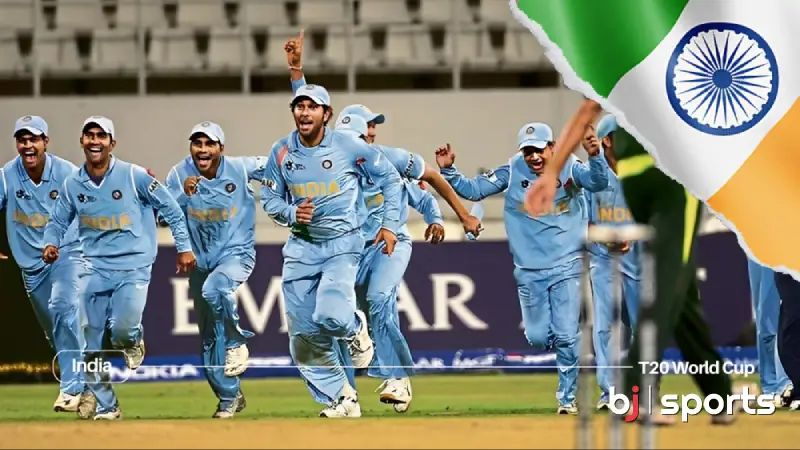
Now, Let’s delve into this controversial “No-Ball” Incident by India vs Pakistan and its implications for the game of cricket. In the high-stakes arena of cricket, moments of controversy can alter the course of a match and leave a lasting impact on the tournament’s legacy. India vs. Pakistan was a moment occurred during the inaugural T20 World Cup in 2007, in a highly anticipated group stage clash between this arch-rivals. The incident in question revolved around a contentious no-ball call that sparked heated debates and divided opinions among players, pundits, and fans alike.
What is No-Ball in Cricket in T20 World Cup?
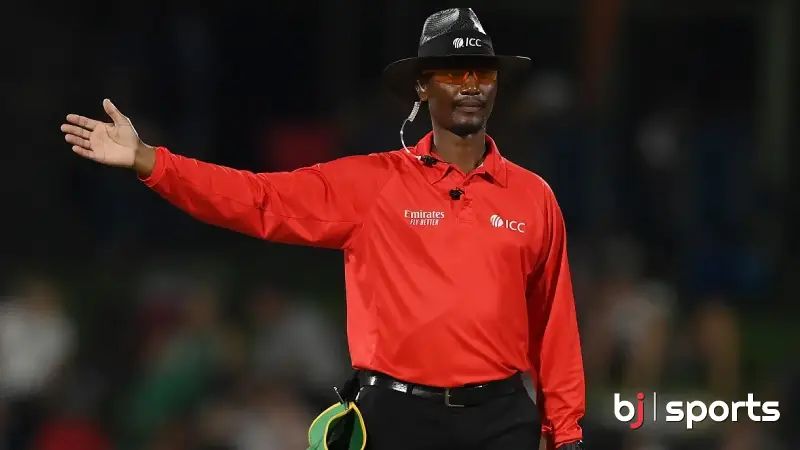
In the context of the T20 World Cup, a “No-Ball” Incident refers to the occurrence of an illegal delivery by the bowler during a match in the T20 Cricket World Cup tournament. A no-ball can occur in various ways, but it primarily involves the bowler overstepping the front line of the bowling crease while delivering the ball. This infraction is typically identified by the on-field umpire, who signals a no-ball by extending one arm horizontally towards the square leg umpire.
When a no-ball is called during a T20 World Cup match, it has immediate consequences for the bowling team and benefits the batting team. The batting team is awarded one additional run to their total, regardless of whether runs are scored off the delivery. Additionally, if runs are scored off the no-ball, such as boundaries or singles, those runs are also added to the team’s total.
Also read: Tales from the T20 World Cup Stands
Furthermore, in T20 cricket, a no-ball incident also results in a “free hit” for the batting team. A free hit means that the next delivery following the no-ball cannot result in the batsman being dismissed by any means other than a run-out. This rule was introduced to discourage bowlers from bowling no-balls deliberately and to provide an opportunity for the batting team to capitalize on the additional delivery without the risk of losing a wicket.
The enforcement of the no-ball rule is the responsibility of the on-field umpires, who closely monitor the bowler’s front foot position during the delivery stride. In addition to the on-field officials, technology such as the third umpire and various camera angles are also utilized to review contentious no-ball decisions, especially in high-profile matches.
Overall, a no-ball incident in the T20 World Cup can have significant implications for both the batting and bowling teams, often influencing the outcome of matches and underscoring the importance of discipline and precision in bowling.
The “No-Ball” Incident in T20 World Cup by the India vs. Pakistan match 2007
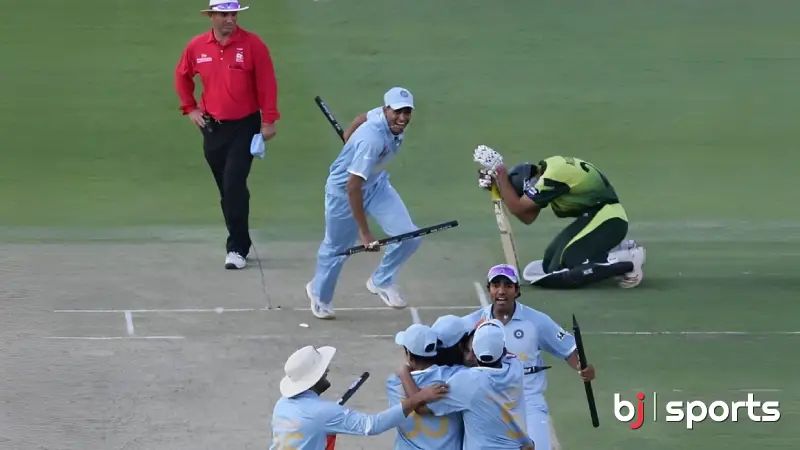
The backdrop for the encounter of India vs. Pakistan was charged with emotion and anticipation, as cricketing fans from both nations eagerly awaited the clash between two of the sport’s fiercest rivals. With pride, prestige, and bragging rights at stake, the match took on added significance as the players took to the field at the Kingsmead Cricket Ground in Durban, South Africa.
As the match unfolded, tensions ran high, with both teams vying for supremacy in front of a passionate crowd. In the midst of the action, a pivotal moment occurred during Pakistan’s innings, with Indian pacer Shanthakumaran Sreesanth bowling to Pakistani batsman Misbah-ul-Haq. In a tense exchange, Sreesanth delivered a yorker that appeared to be heading towards the stumps. However, to the astonishment of everyone watching, the on-field umpire signalled a no-ball, indicating that Sreesanth had overstepped the crease.
The decision to call a no-ball proved controversial, with television replays suggesting that Sreesanth’s foot may have landed fractionally behind the crease. The contentious call immediately sparked protests from the Indian team, who vehemently contested the decision, arguing that it was a harsh and unjustifiable call by the umpire. Conversely, the Pakistani batsmen seized the opportunity, capitalizing on the free hit that followed the no-ball to score valuable runs and swing the momentum in their favor.
Also read: Pakistan’s Epic Journey to T20 World Cup Glory
In the aftermath of the “No-Ball” incident, the controversy surrounding the no-ball call only intensified, with pundits and fans alike weighing in on the contentious decision. Some argued that the umpire’s call was erroneous and had unfairly favored Pakistan, while others defended the decision, citing the challenges faced by umpires in making split-second judgments on the field.
Regardless of the differing opinions, the impact of the no-ball incident on the outcome of the match and the T20 World Cup itself cannot be understated. The additional runs scored off the free hit following the no-ball proved crucial in determining the eventual result of the match, with Pakistan emerging victorious in a closely contested encounter. The controversy surrounding the incident also cast a shadow over the tournament, raising questions about the integrity of umpiring decisions and the need for greater accountability and transparency in officiating.
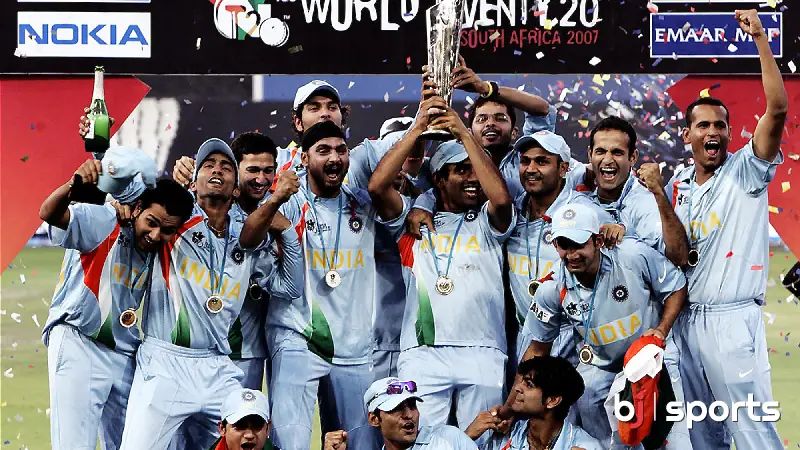
In conclusion, the “No-Ball” Incident during the India vs. Pakistan clash in the 2007 T20 World Cup remains etched in cricketing history as one of the most controversial moments in the sport. Beyond the immediate implications for the outcome of the match, the incident highlighted the inherent challenges faced by umpires in making split-second decisions and underscored the importance of fair play, integrity, and accountability in the game of cricket. As the sport continues to evolve, addressing issues surrounding officiating and ensuring consistency and transparency in decision-making processes will be essential in upholding the spirit of cricket and preserving the integrity of the game.
For more, visit BJSports to read our quality Cricket Blog updates. Explore if you want to reminisce and enjoy all of your favourite cricket players and nostalgic match moments. To ensure that you never miss out, keep updated and join in the fun!
 Rising Stars: Young Talent Making an Impact on IPL 2024
Rising Stars: Young Talent Making an Impact on IPL 2024 Pat Cummins’ Impactful T20 World Cup Journey and Birthday Tribute
Pat Cummins’ Impactful T20 World Cup Journey and Birthday Tribute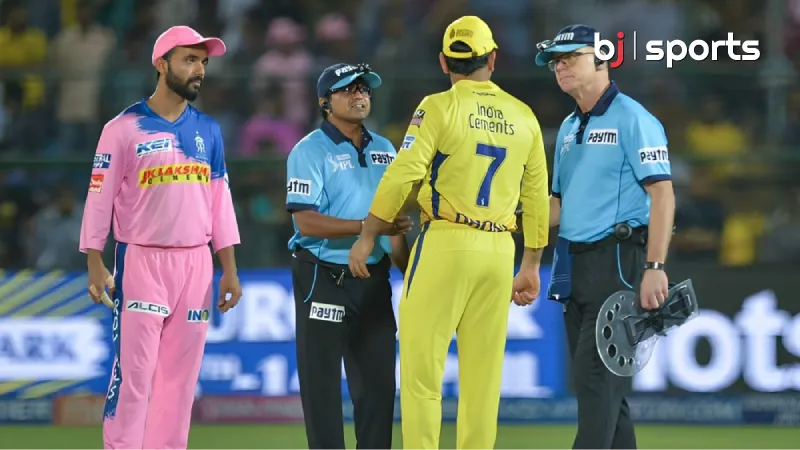 The Howlers: Most Controversial Umpiring Decisions in IPL History
The Howlers: Most Controversial Umpiring Decisions in IPL History T20 World Cup’s Off-Field Heroes: Celebrating Umpires and Match Officials
T20 World Cup’s Off-Field Heroes: Celebrating Umpires and Match Officials

